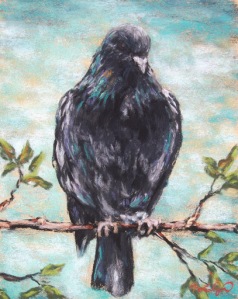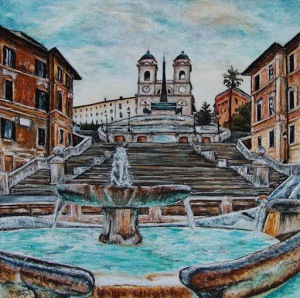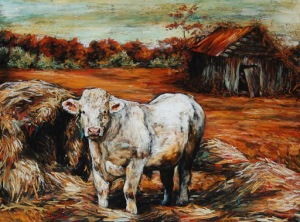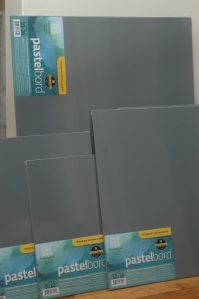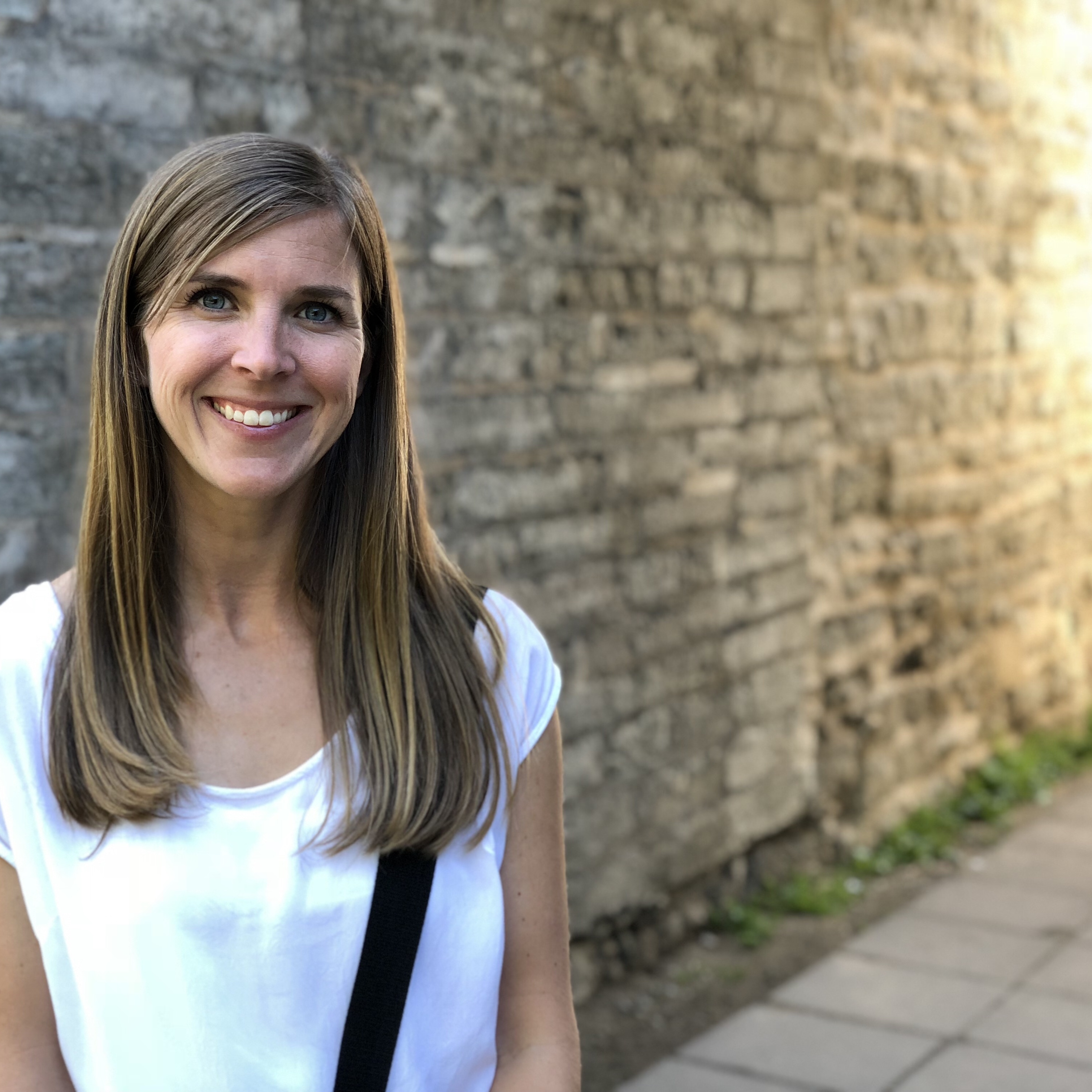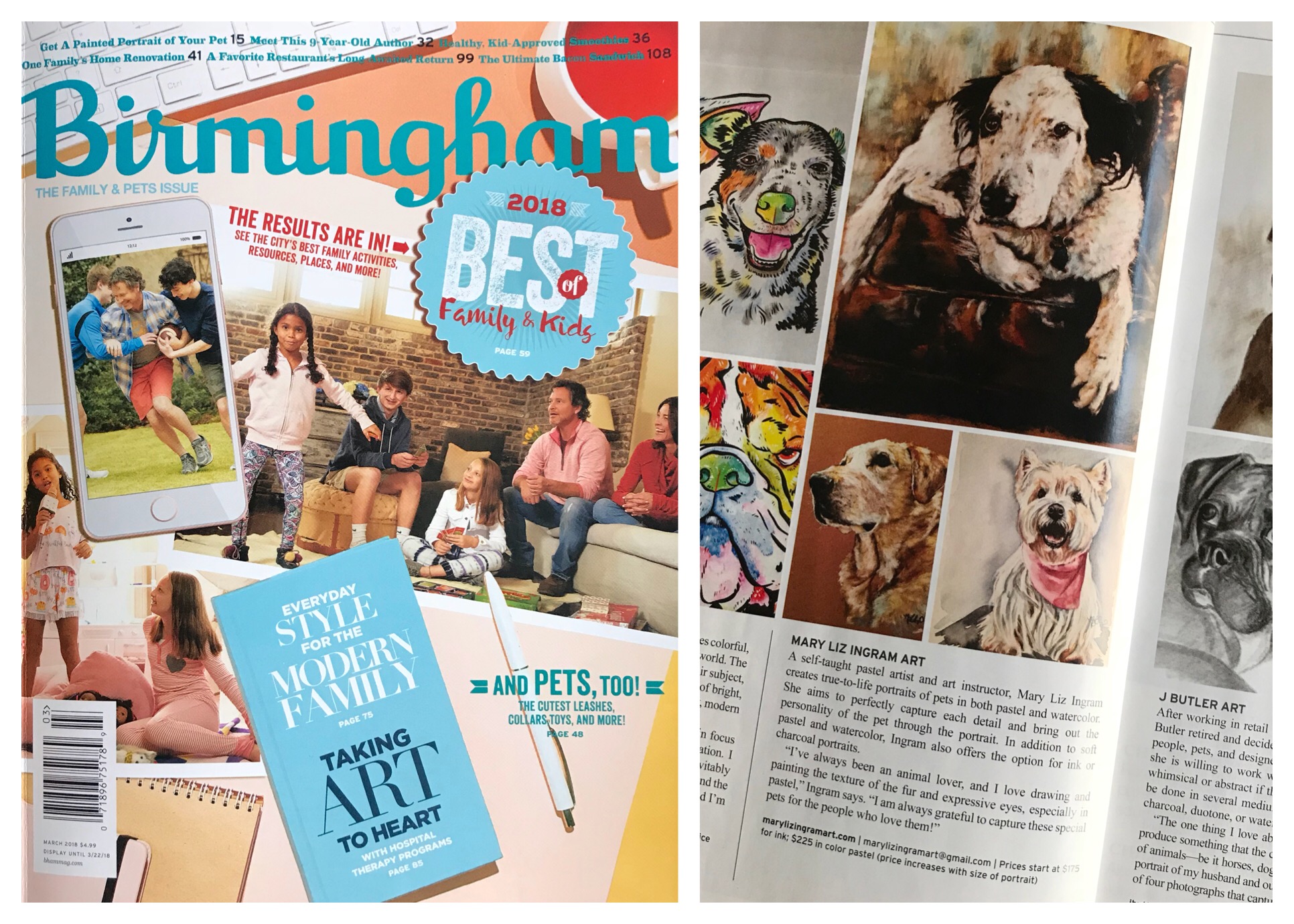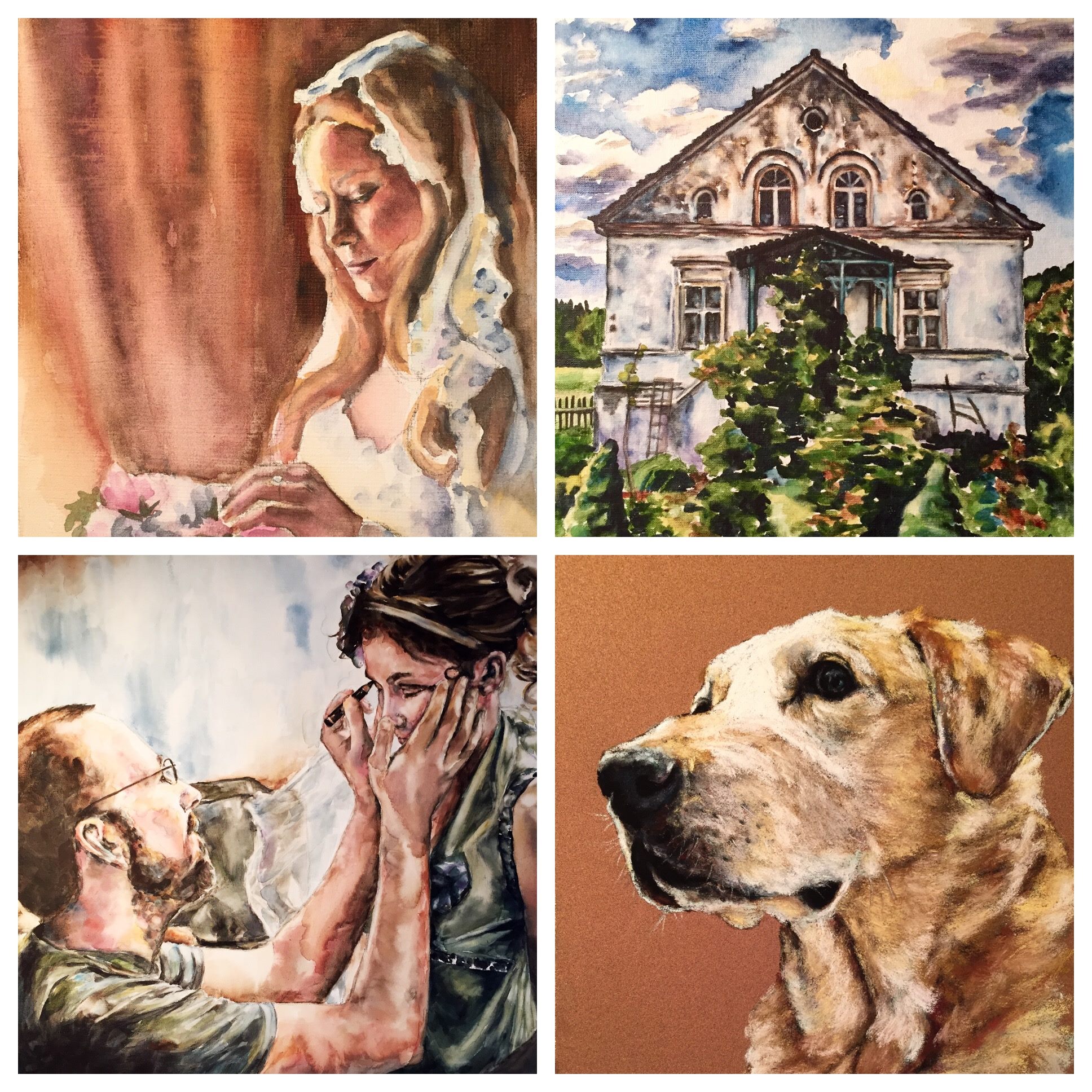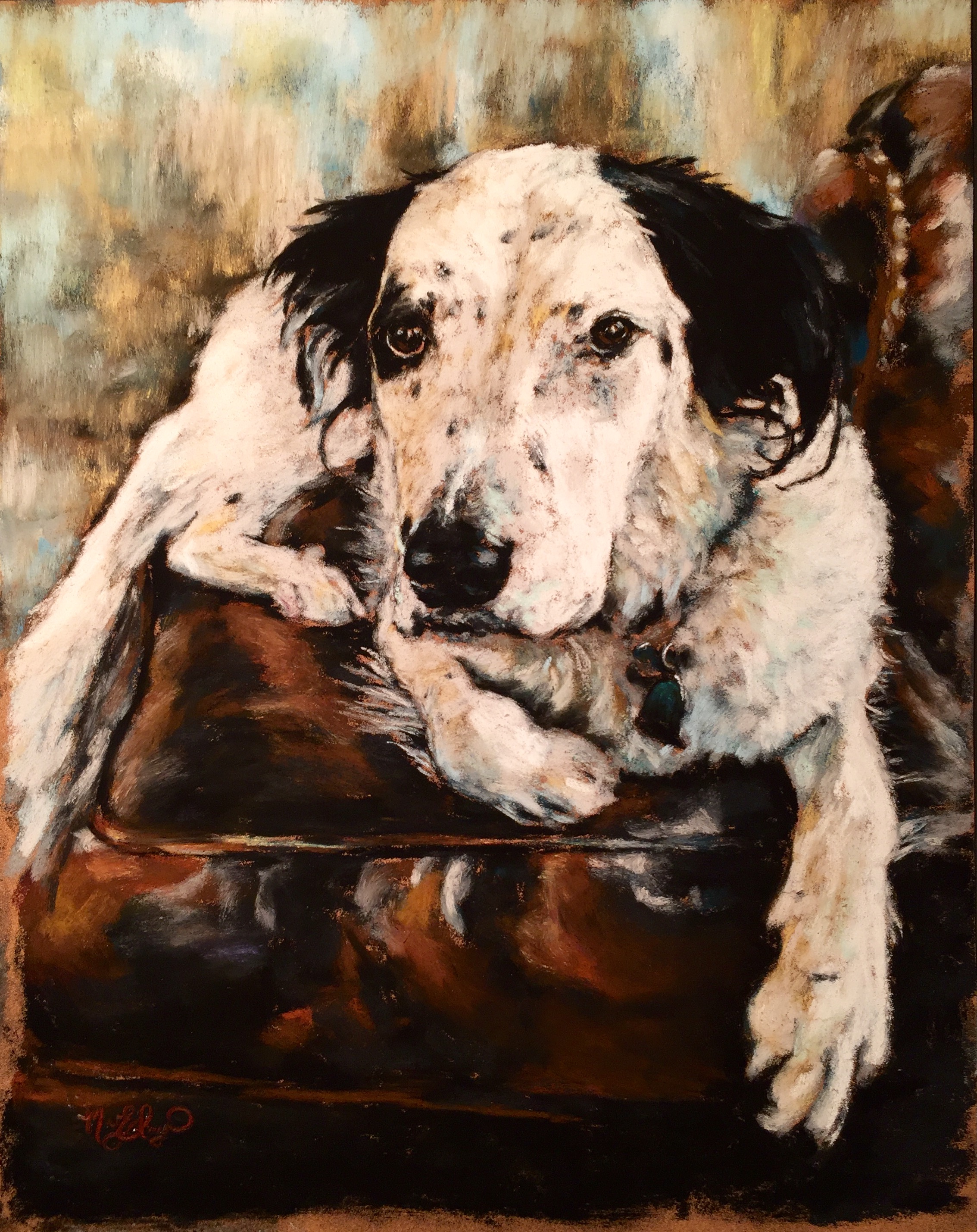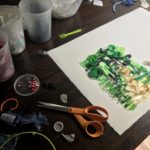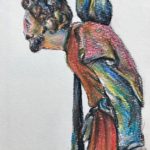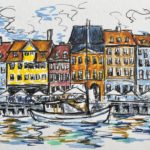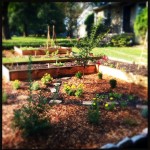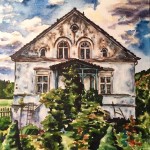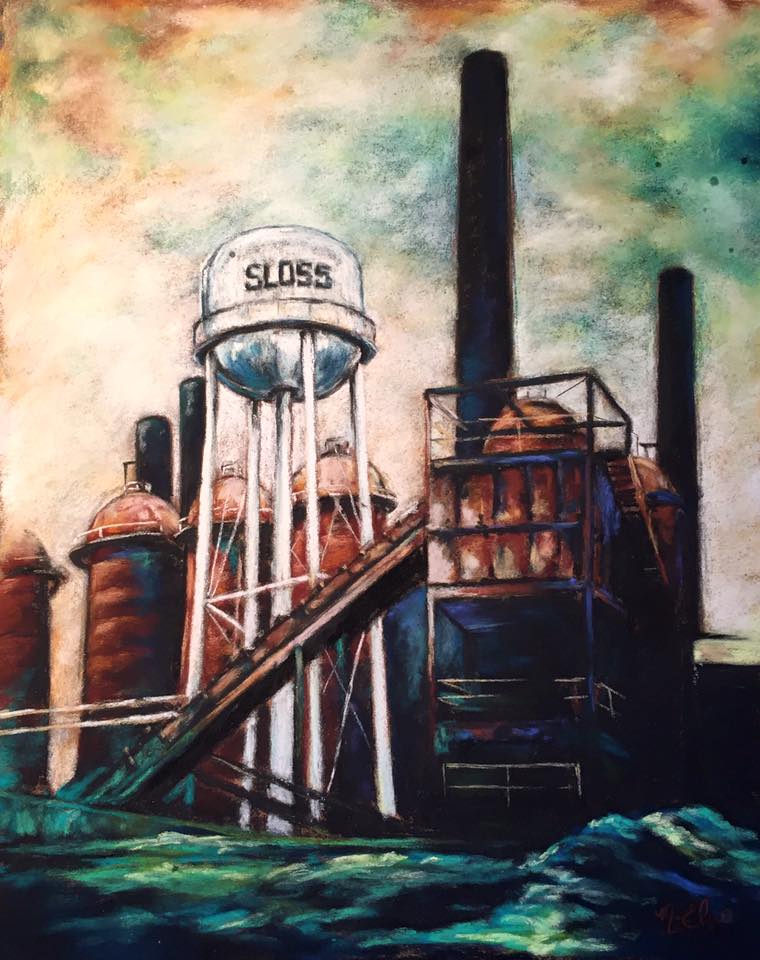
Birds on a Wire, Soft Pastel
Birds on a wire. When I was drawing this picture, this phrase echoed somewhere in my mind. I get a small sense of what it means, but like something free-floating; like a feather you can’t quite catch, just out of reach. To try and clarify this vague colloquialism, I googled the phrase and received similarly vague and mixed results. To some, “bird on a wire” gives a sense of freedom, a bird high in the air, able to fly and perch where it pleases. To others, it is an expression of limited freedom, as a bird tied to a wire, able to fly but confined. “Bird on a Wire” is the title for a song, a movie, and books. There were lots of “not sure what this means,” and “I think I heard it means this…”
When I hear the phrase, I think of spectators, onlookers, observing and judging from their perch, high above. I have been in that place, drawing conclusions with only a birds-eye view, missing the details-not in a place from which to judge. I have found that when looking at others, we should not presume to have full understanding. We can only see the surface, and maybe- maybe -a little bit more. The human life is so very complex; the human heart a mystery even to ourselves. As Henry James once wrote and William Boyd later borrowed, “Never say you know the last word about any human heart.”
When I drew these pigeons, I imagined, with a good bit of humor, their attitudes. The large one towards the right, with beak snubbed to the sky is the matronly ring leader, guiding her feathery followers with her too-lofty observations, when all they have is a birds-eye view. The pigeons are drawn with more simplicity than I usually employ, with fewer details and definition, lest we also think we understand the spectators too clearly.








